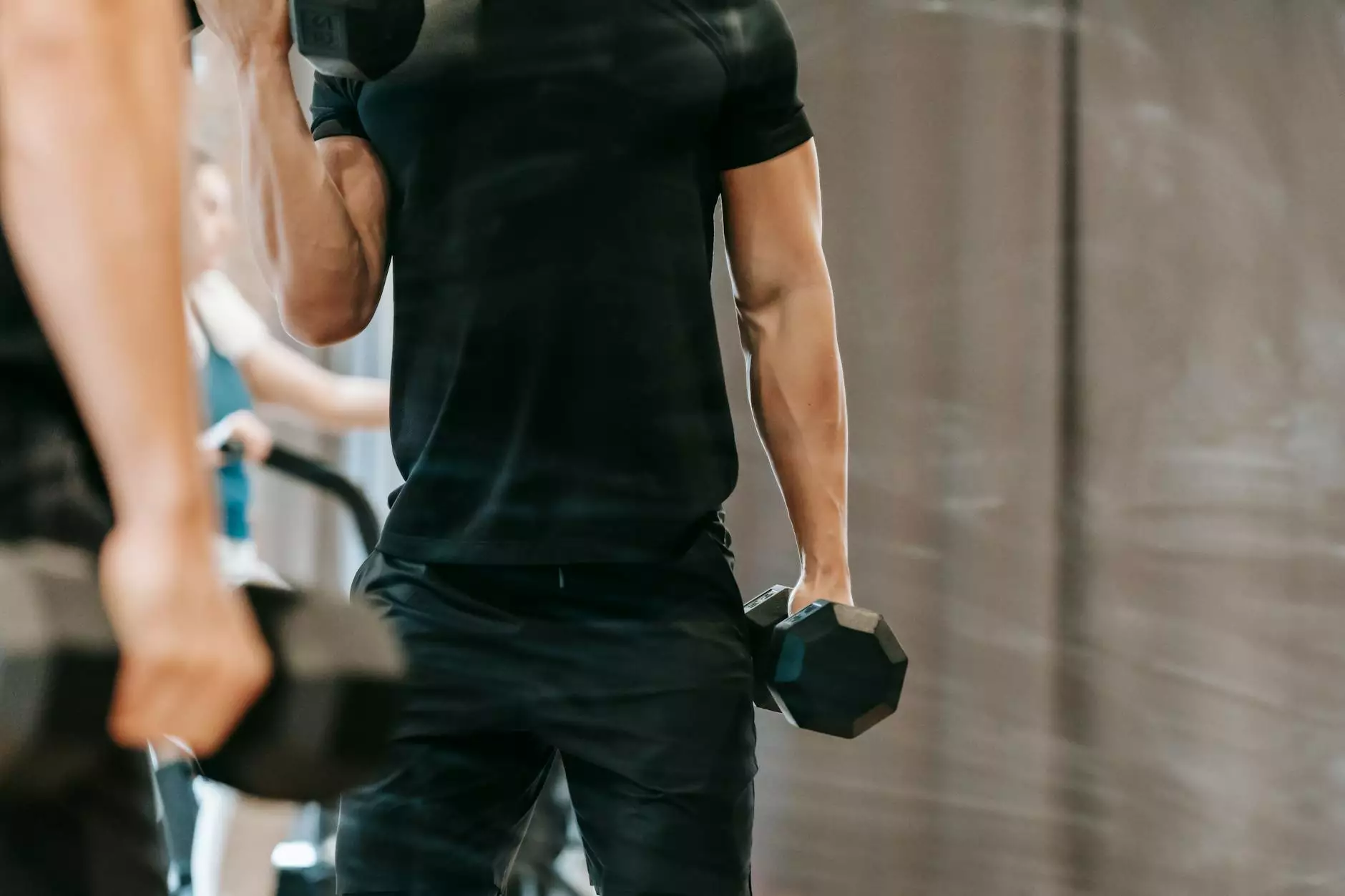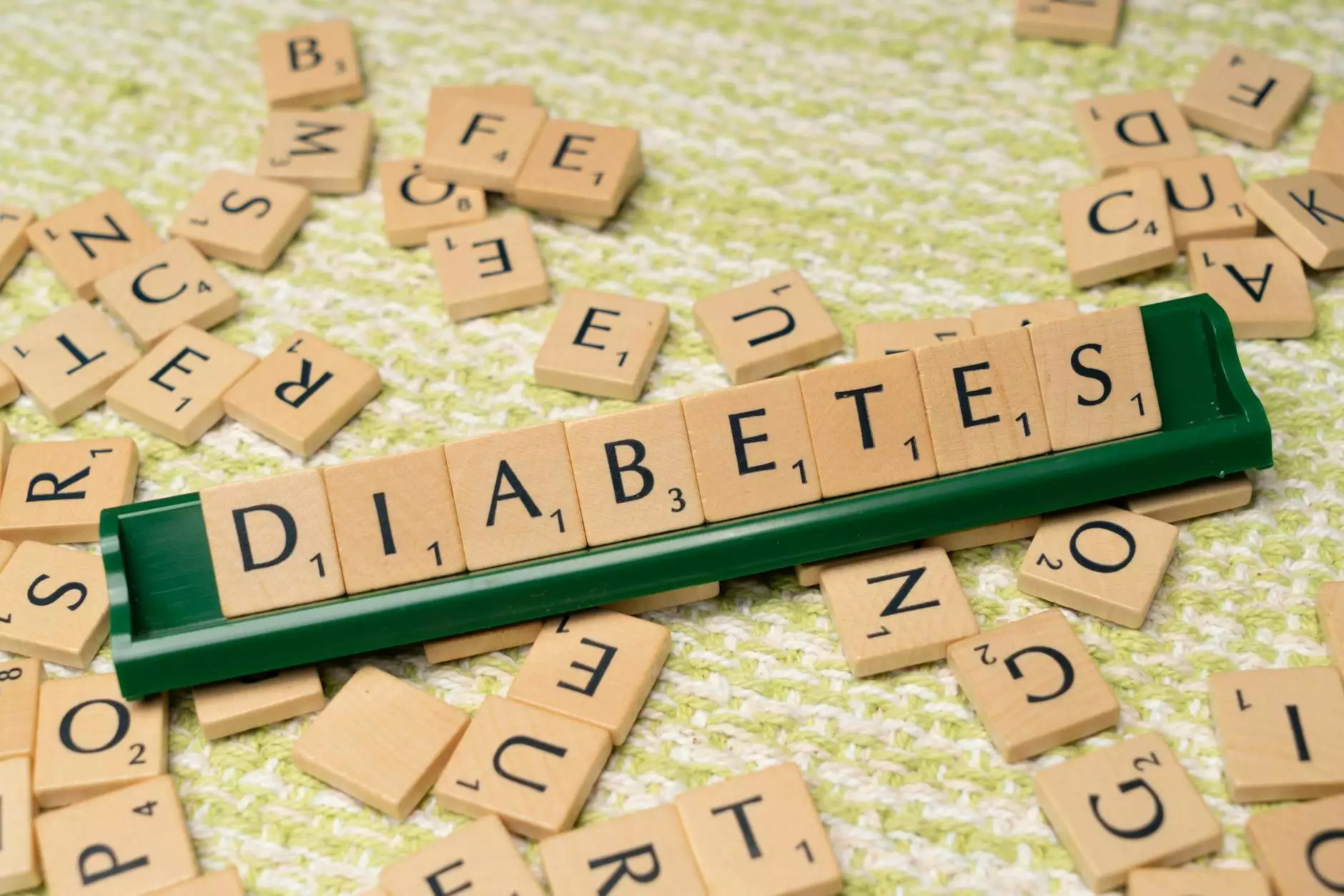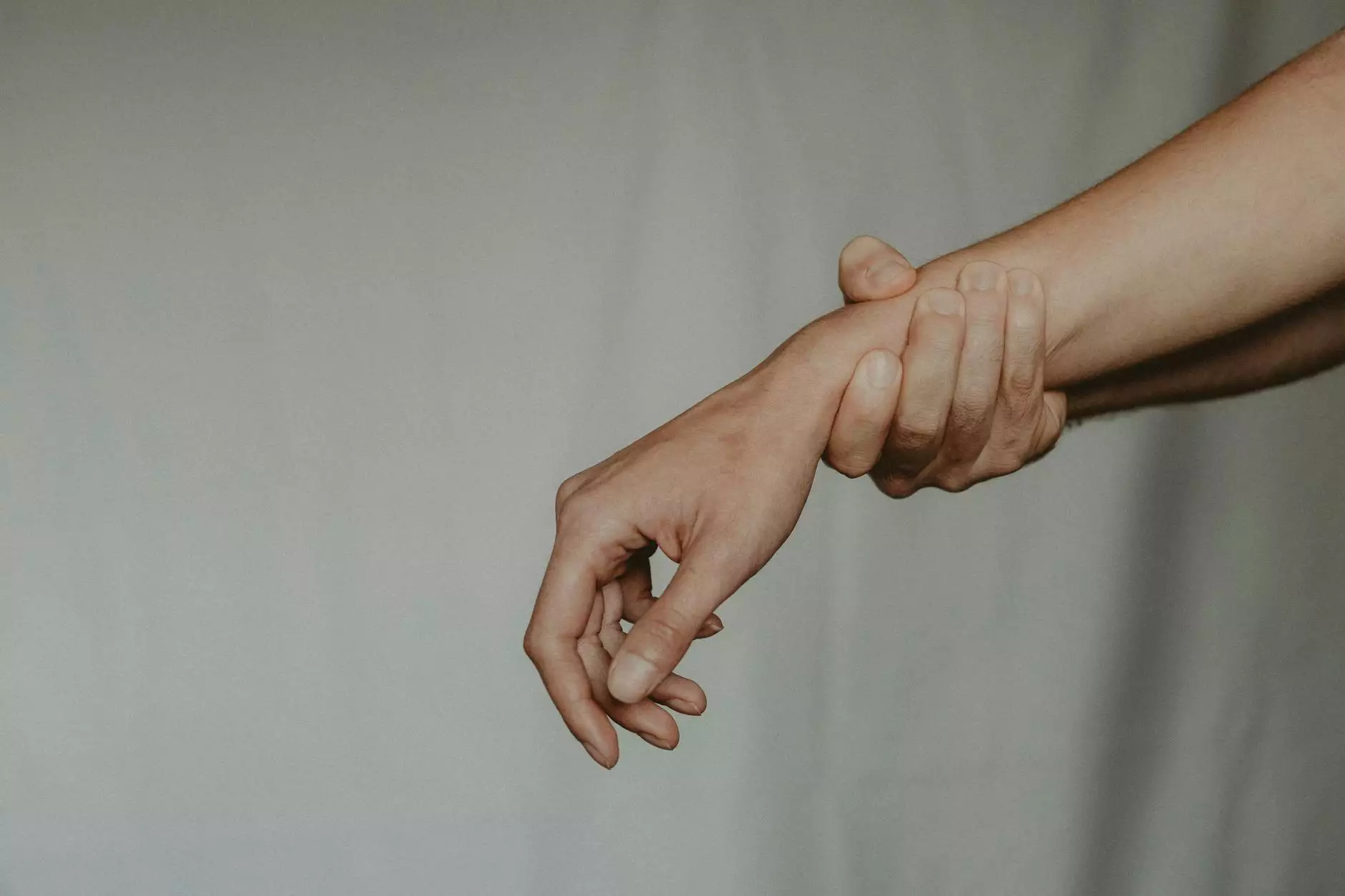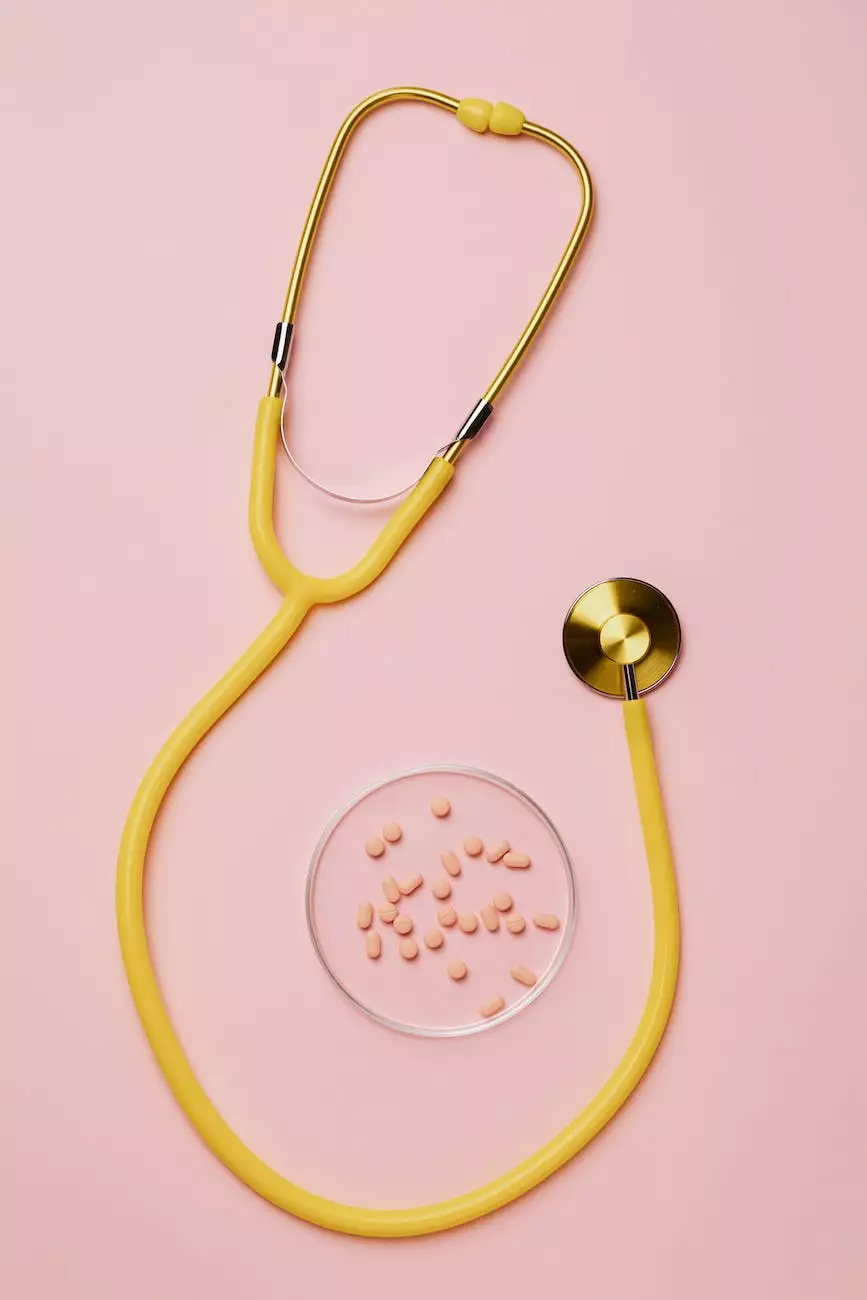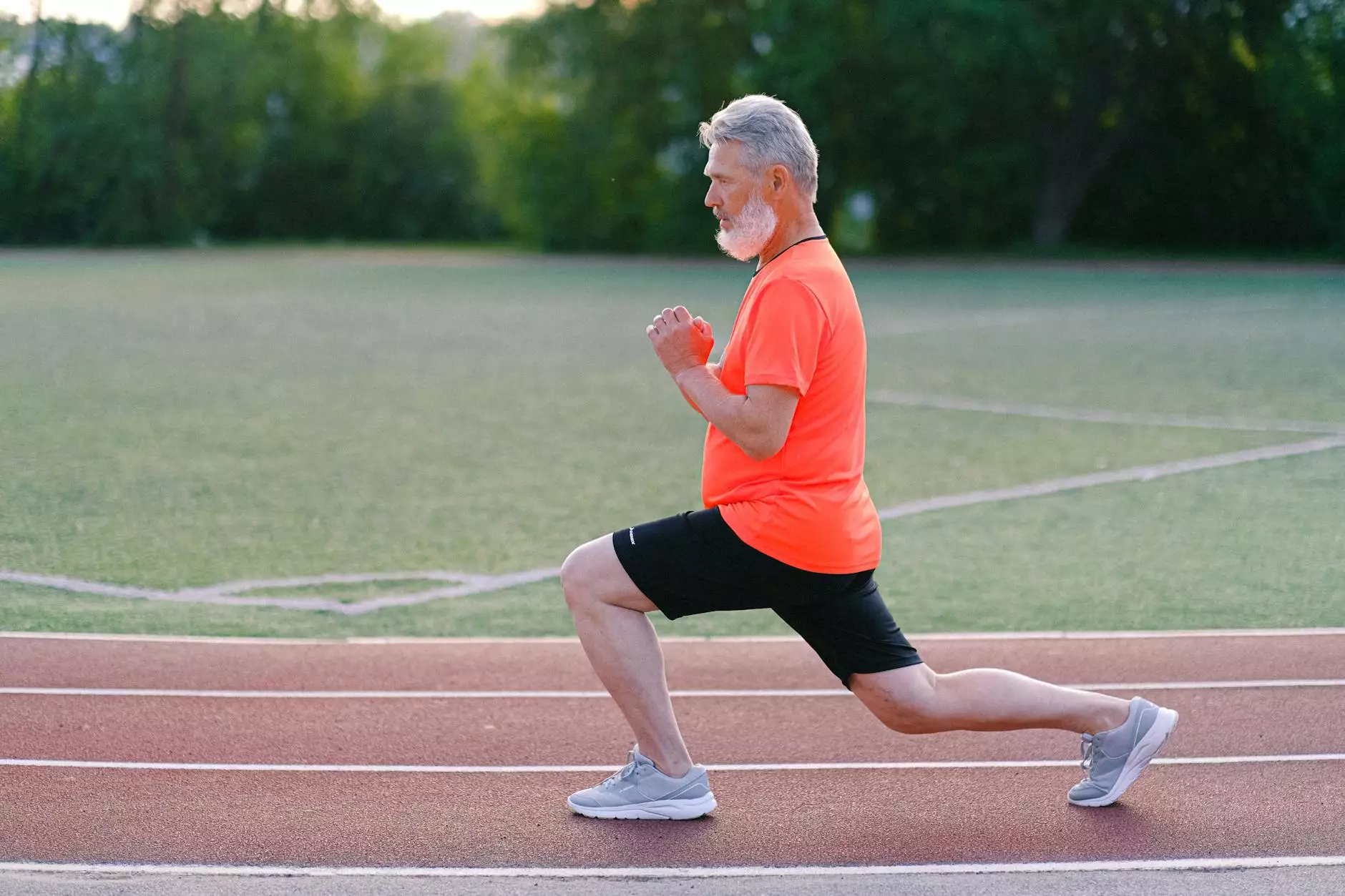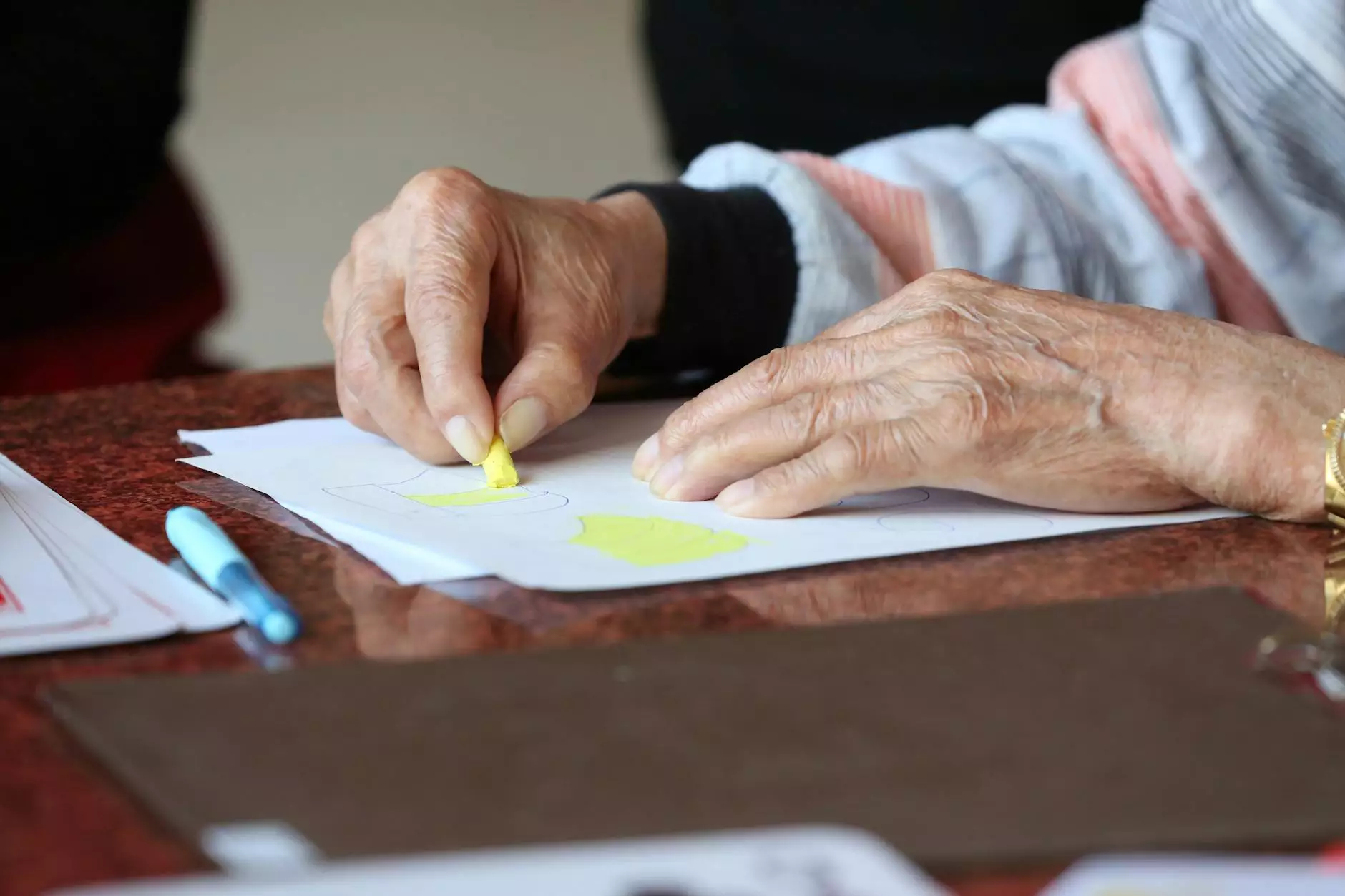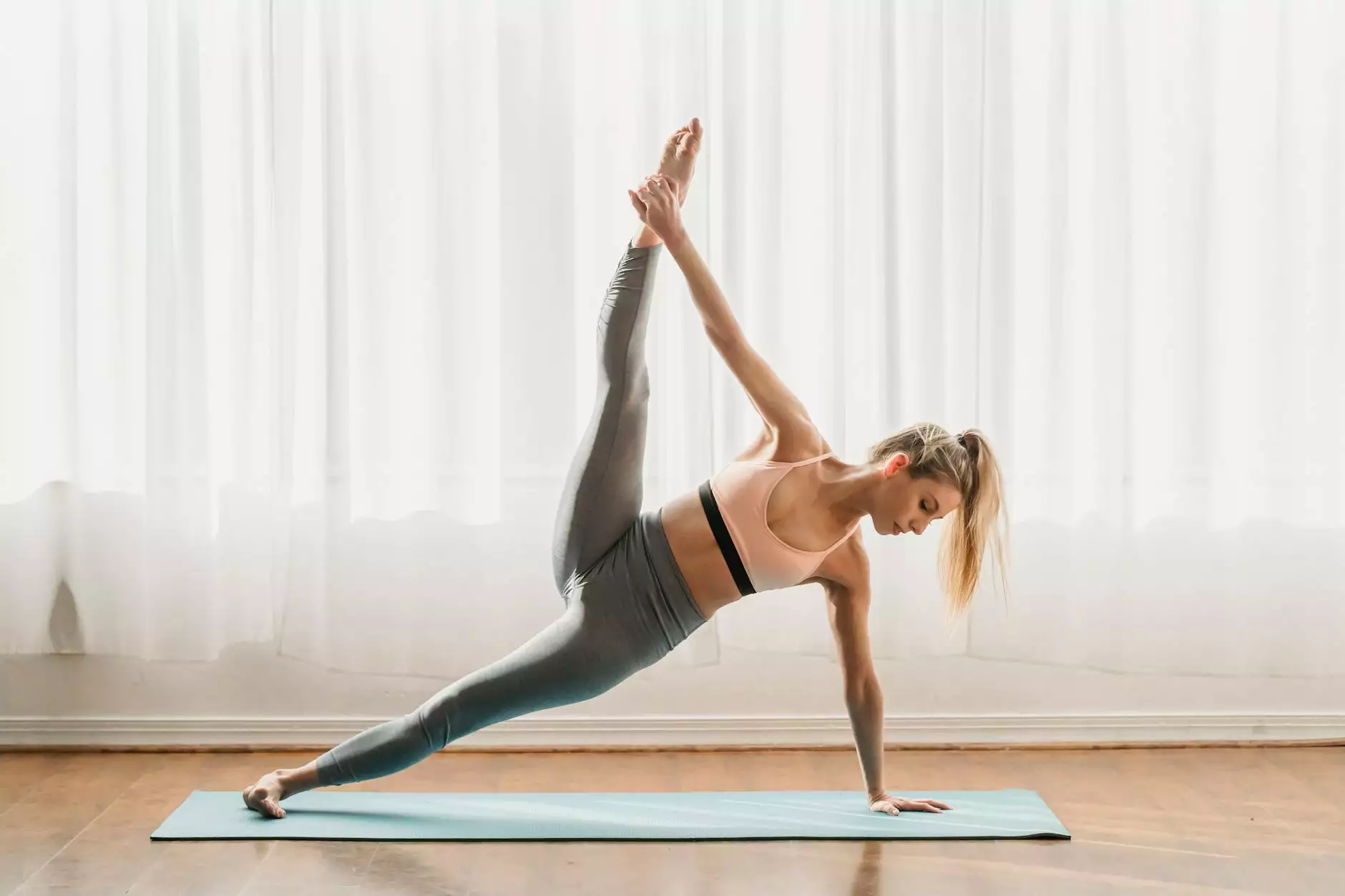Patellar Tendonitis - Knee

Understanding Patellar Tendonitis
Patellar Tendonitis, also known as Jumper's Knee, refers to the inflammation of the patellar tendon, which connects the kneecap (patella) to the shinbone (tibia). It is a common condition among athletes and individuals involved in activities that require repetitive jumping or forceful knee extension.
Causes of Patellar Tendonitis
The main cause of Patellar Tendonitis is overuse and repetitive stress on the patellar tendon. Activities that involve frequent jumping, running, and sudden changes in direction can strain the tendon, leading to micro-tears and subsequent inflammation. Athletes participating in sports like basketball, volleyball, and track and field are particularly prone to developing Patellar Tendonitis.
Symptoms of Patellar Tendonitis
Patellar Tendonitis typically presents with the following symptoms:
- Pain and tenderness below the kneecap
- Swelling around the tendon
- Stiffness and limited range of motion in the knee joint
- Increased pain during physical activities, especially jumping or running
Treatment Options for Patellar Tendonitis
At Body Fusion, we offer comprehensive treatment options for Patellar Tendonitis aimed at relieving pain, promoting healing, and restoring optimal knee function. Our treatment approach includes:
1. Rest and Modification of Activities
Resting the affected knee and avoiding activities that exacerbate the pain is crucial in the initial stage of treatment. Modifying activities to minimize stress on the tendon allows for proper healing and recovery.
2. Physical Therapy
Our experienced physical therapists develop personalized exercise programs to strengthen the surrounding muscles and improve flexibility. Physical therapy helps alleviate pain, reduce inflammation, and prevent future injuries.
3. Medications and Pain Management
In some cases, non-steroidal anti-inflammatory drugs (NSAIDs) may be prescribed to alleviate pain and reduce inflammation. Additionally, our pain management specialists provide advanced techniques to manage and alleviate discomfort.
4. Brace or Supportive Devices
A brace or supportive device may be recommended to provide stability and relief to the affected knee. These aids help in reducing stress on the tendon during physical activities.
5. Platelet-Rich Plasma (PRP) Therapy
Body Fusion offers cutting-edge treatments such as Platelet-Rich Plasma (PRP) therapy to promote healing and tissue regeneration. PRP therapy involves injecting concentrated platelets into the injured area to accelerate healing and reduce inflammation.
Prevention Strategies for Patellar Tendonitis
Preventing Patellar Tendonitis involves the following strategies:
- Gradual increase in intensity and duration of physical activities
- Proper warm-up and stretching exercises before engaging in sports or exercise
- Using suitable footwear with adequate arch support and cushioning
- Regular strengthening exercises for the muscles surrounding the knee
- Maintaining a healthy weight to avoid excessive stress on the knee joint
Contact Body Fusion for Expert Care
If you are experiencing symptoms of Patellar Tendonitis or any other knee issues, contact Body Fusion today. Our team of specialists will provide a comprehensive evaluation, accurate diagnosis, and effective treatment plan tailored to your needs. Don't let knee pain hinder your active lifestyle - we are here to help you recover and get back in motion!


